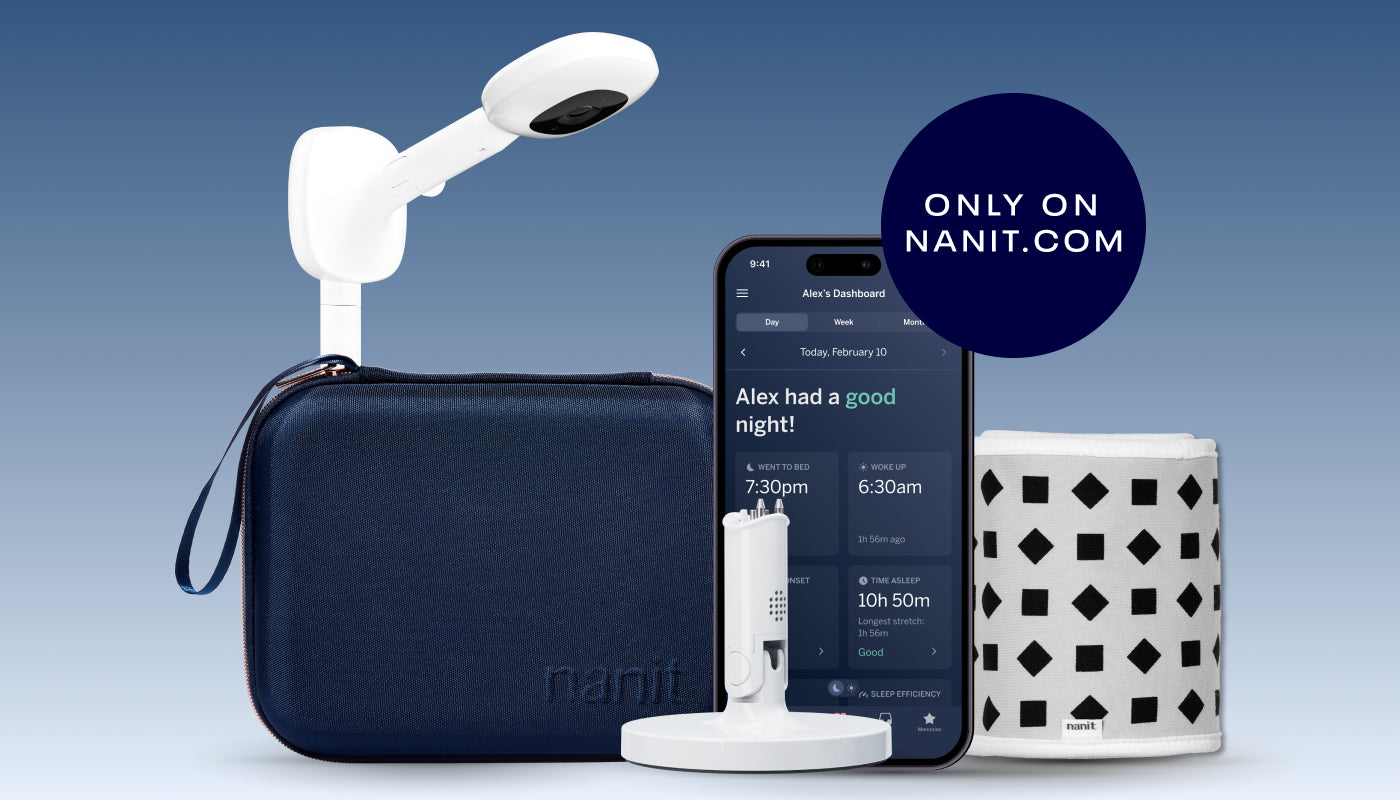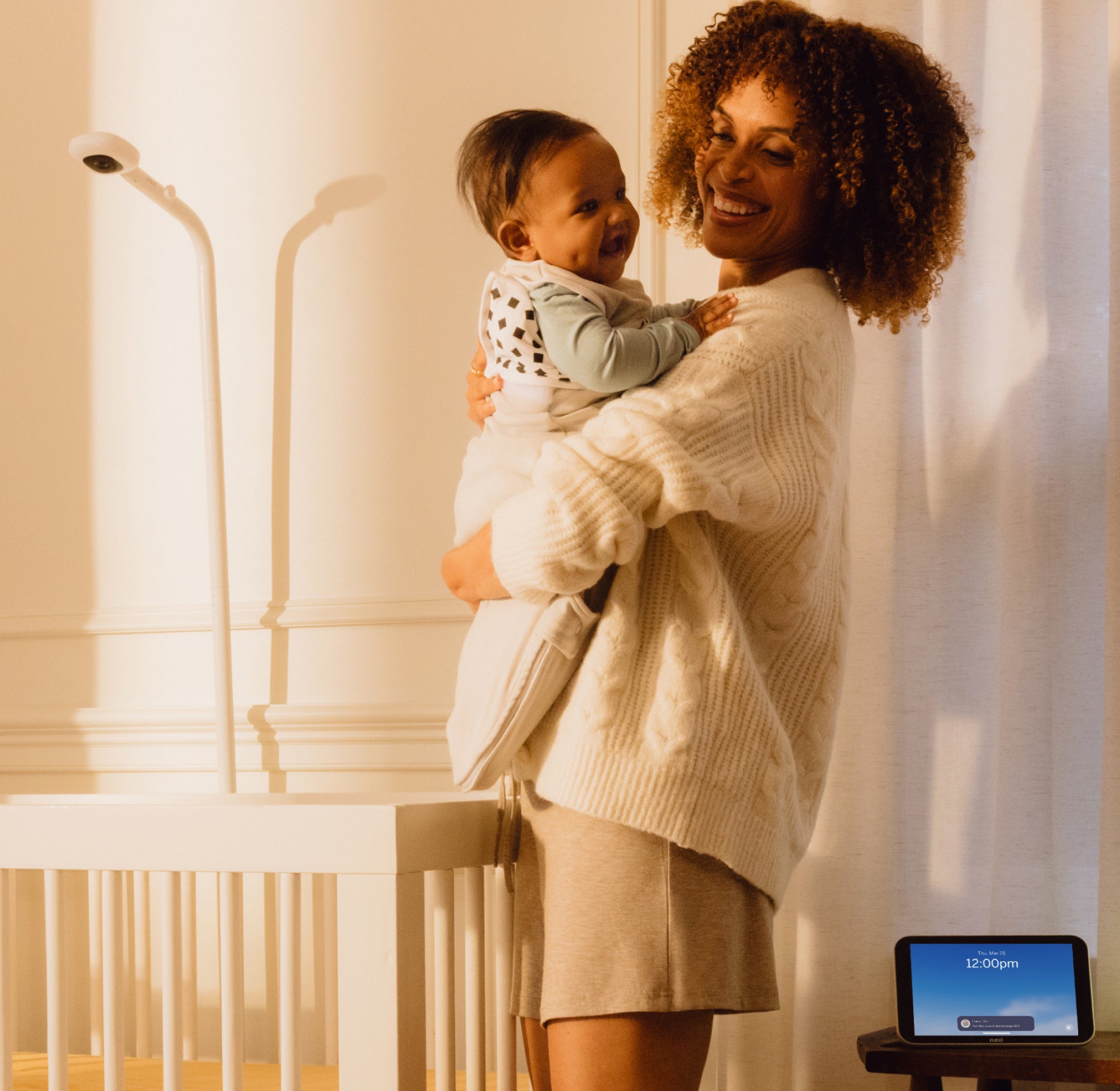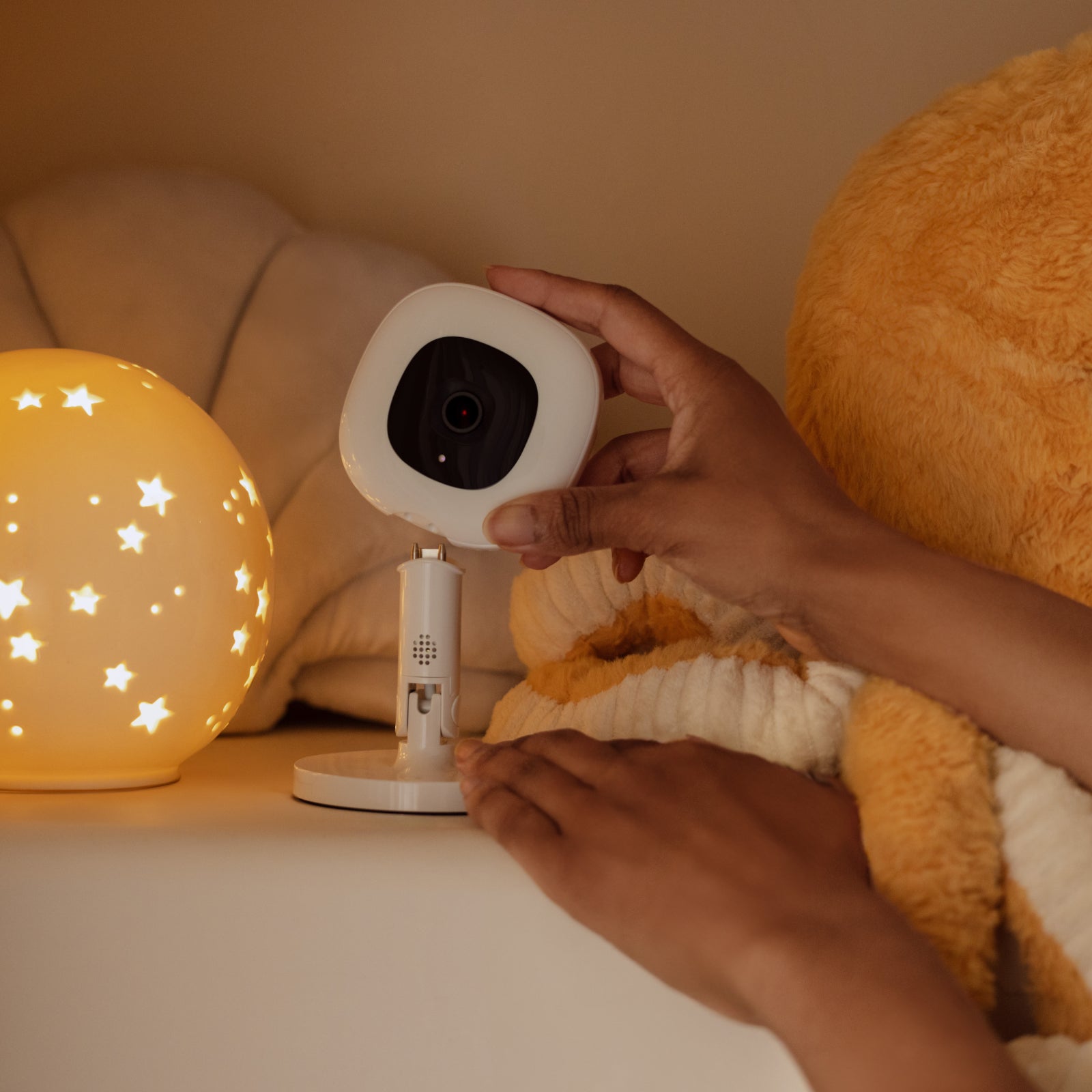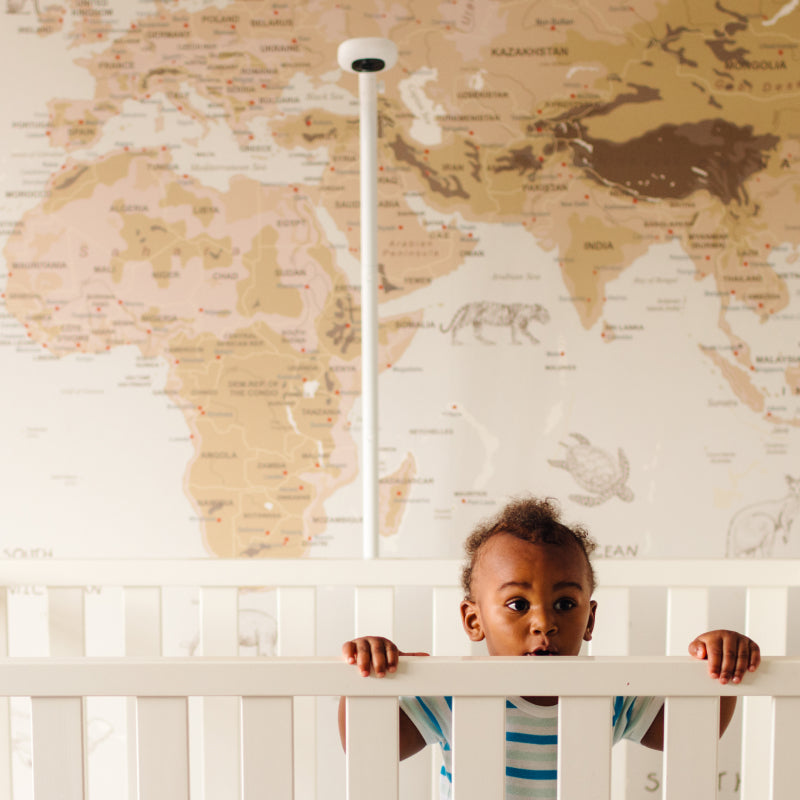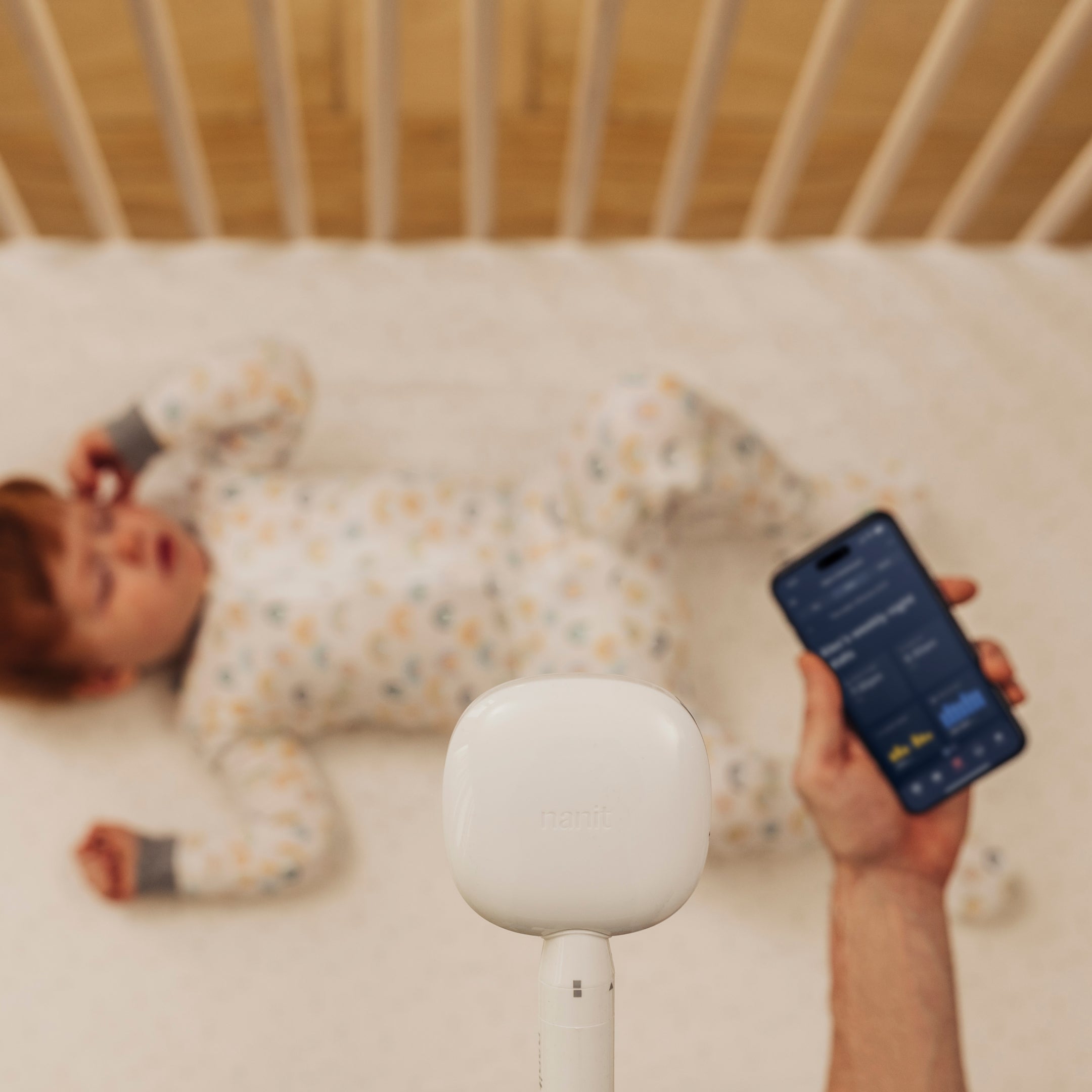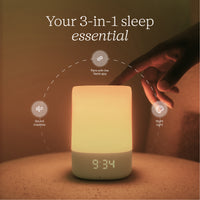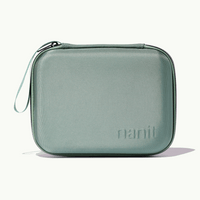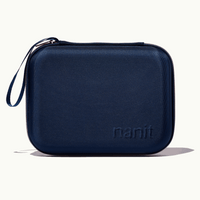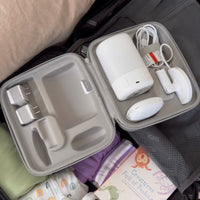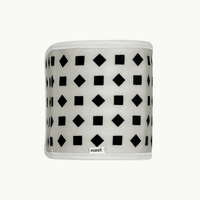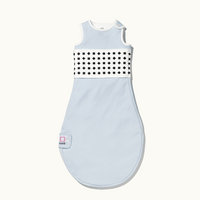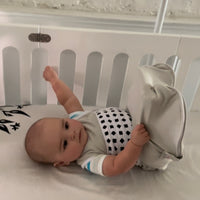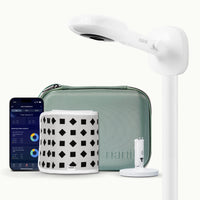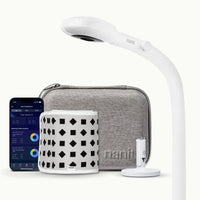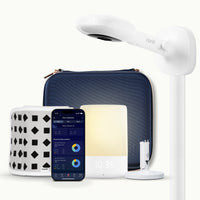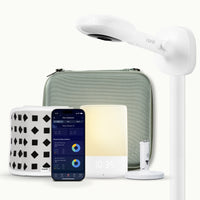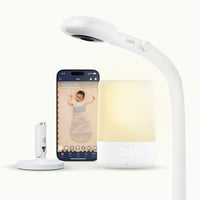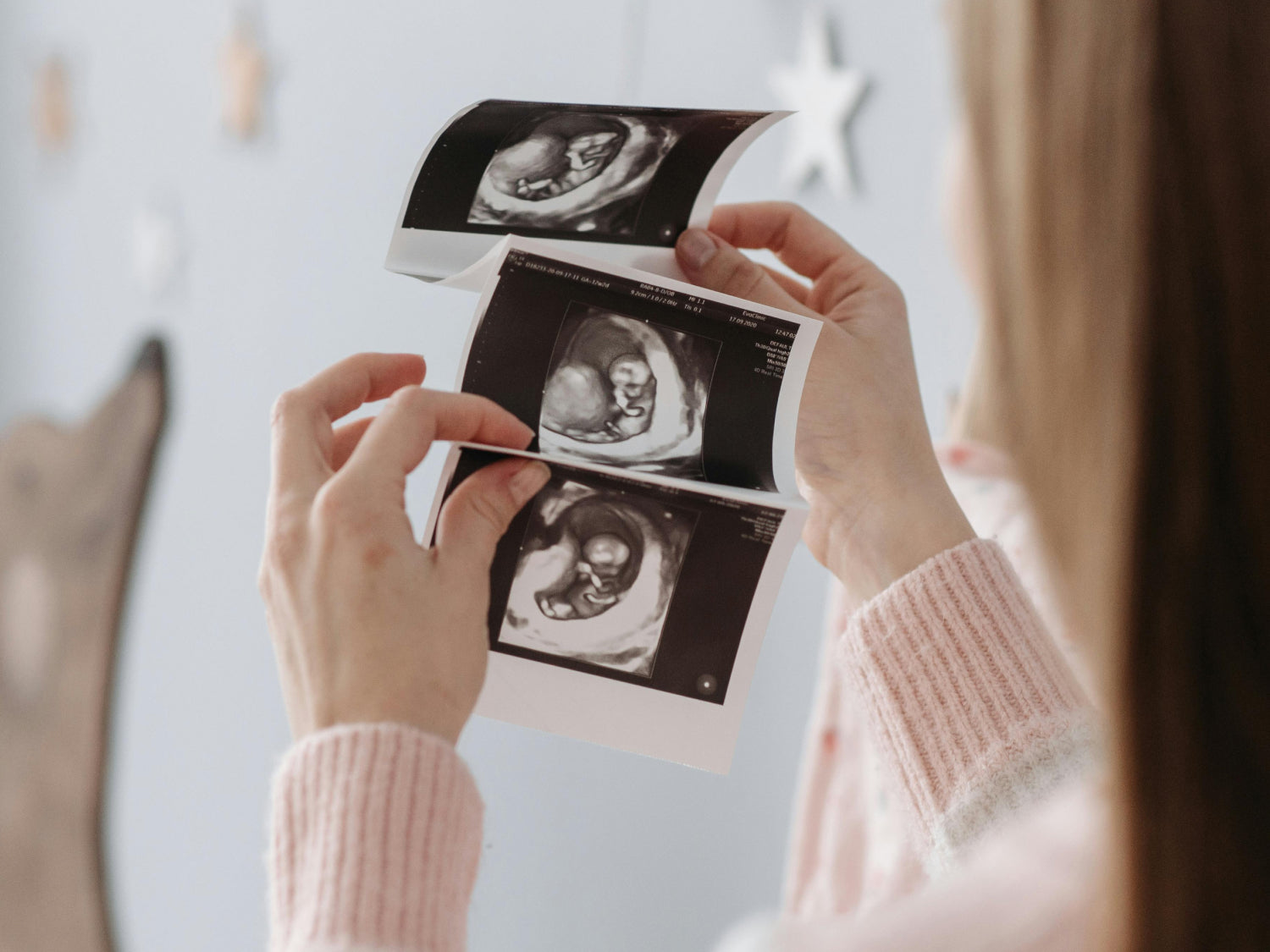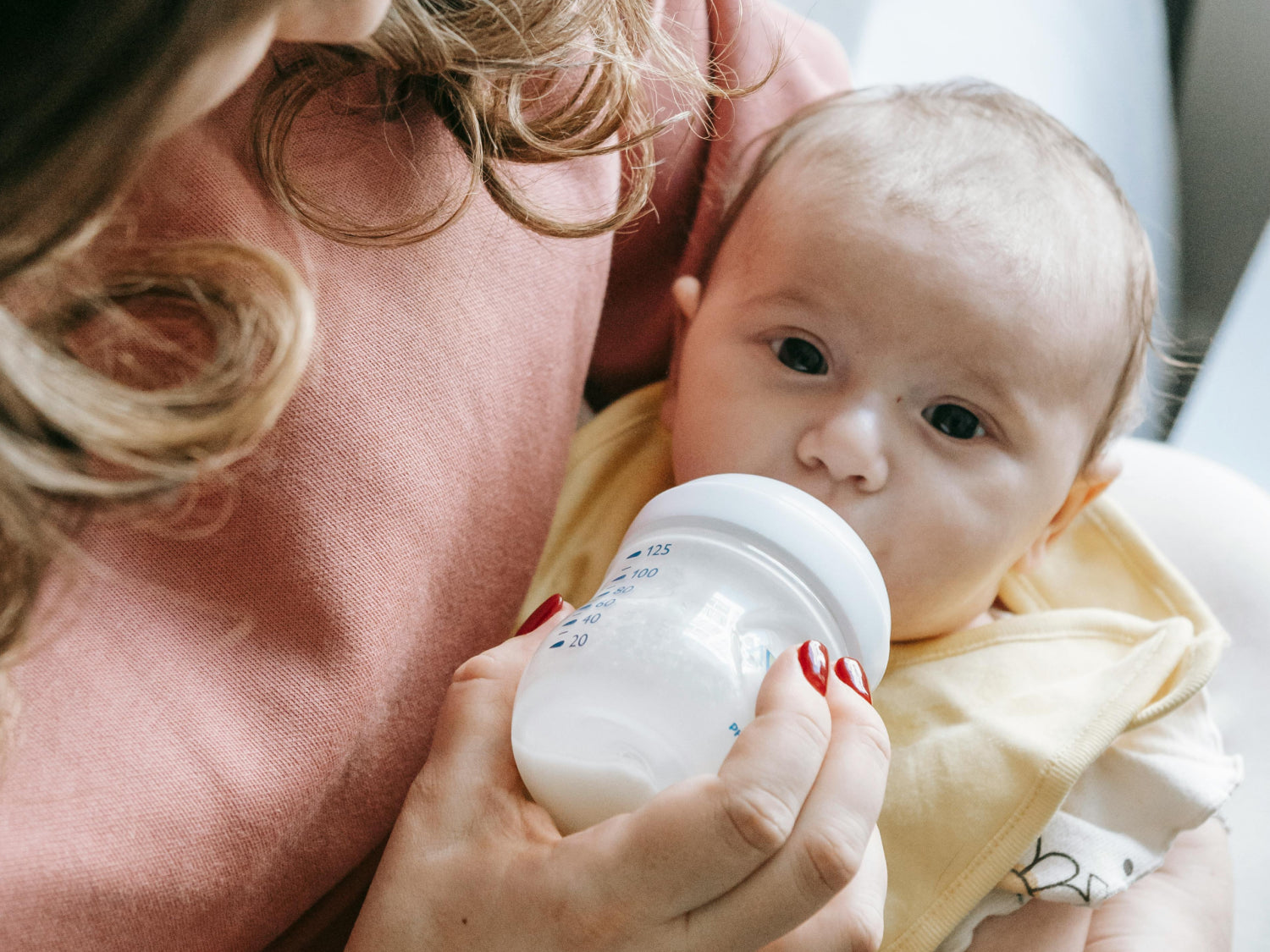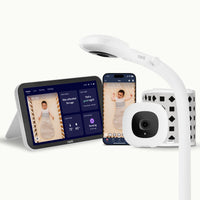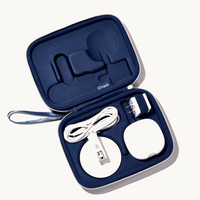18 weeks pregnant — you’re officially halfway there! Take a moment to appreciate this huge pregnancy milestone.
At 18 weeks, many pregnant people start feeling their baby's movements more consistently, experience peak energy levels, and start making concrete plans for their nursery planning with newfound excitement and clarity. This also is typically when you have your detailed anatomy scan, where you can learn your baby's gender and see other incredible details of your baby's development.
Being 18 weeks pregnant represents a pivotal moment where pregnancy becomes increasingly real and tangible. Your pregnancy symptoms are typically at their mildest, and your sleep quality is often at its best during this golden period. Read on to learn more about what to expect during this crucial pregnancy milestone, how to prepare for your anatomy scan, and ways to celebrate being halfway through pregnancy while planning for your baby's arrival.
Your Baby at 18 Weeks Pregnant: Getting Ready for Their Close-up
Your little one is now about the size of a bell pepper — roughly 5.6 inches long and weighing about 6.7 ounces. But here's what's really cool: they're developing in ways that'll be clearly visible on your upcoming anatomy scan, and they're moving around in patterns that you might actually start to recognize.
What Your Baby’s Up To at 18 Weeks Pregnant:
-
Active movement patterns: Your baby is developing regular fetal movements and activity cycles
-
Sensory development: Hearing is developing, and baby may respond to sounds
-
Protective systems: Vernix (protective coating) and lanugo (fine hair) cover the skin
-
Bone strengthening: Bones continue hardening and becoming more visible on ultrasound
-
Organ maturation: All major organs continue developing and maturing
-
Gender characteristics: External genitalia are fully formed and visible on anatomy scan
-
Nervous system: Myelin begins forming around nerve fibers
-
Digestive system: Baby begins swallowing amniotic fluid regularly
The fetal development of hearing is particularly exciting because it means your baby can now recognize your voice, music, and other sounds that will become familiar and comforting after birth.
💡 Nanit Expert Insight
“At around 18 weeks gestation, a baby’s auditory system develops, allowing them to become accustomed to familiar sounds such as the mother’s heartbeat and voice, noises that can continue to soothe and comfort them when falling asleep after birth” - Maristella Lucchini, PhD., Senior Clinical Researcher at Nanit
Your Detailed Anatomy Scan at 18 Weeks Pregnant
The anatomy scan is one of the most comprehensive and exciting prenatal care appointments of your pregnancy. This detailed ultrasound examination provides crucial information about your baby's development, health, and potentially their gender. Understanding what to expect during your anatomy scan can help you prepare emotionally and practically for this significant pregnancy milestone.
What They’ll Check During Your Anatomy Scan:
|
System/Structure |
What's Assessed |
Why It Matters |
|
Brain and Skull |
Brain structure, ventricles, skull formation |
Ensures proper neurological development |
|
Heart |
Four chambers, blood flow, rhythm |
Confirms healthy cardiac development |
|
Spine |
Vertebrae alignment, spinal cord |
Checks for neural tube defects |
|
Limbs |
Arms, legs, fingers, toes |
Verifies proper limb development |
|
Organs |
Kidneys, stomach, bladder |
Ensures organ formation and function |
|
Gender |
External genitalia |
Determines baby's gender if desired |
The anatomy scan appointment typically lasts 30-60 minutes and provides an incredible opportunity to see your baby in detail. Many parents find this scan particularly meaningful because it makes everything feel so much more real and concrete. If you're planning to learn your baby’s gender, this is often when it happens.
Feeling Your Baby's Movements at 18 Weeks Pregnant
One of the most exciting parts of being 18 weeks pregnant is the increased likelihood of feeling your baby's movements, known as quickening. While some feel movement earlier, especially if it’s not your first pregnancy, 18 weeks is when many pregnant people begin to distinguish fetal movements from other sensations. These initial fetal movements are often described as flutters, bubbles, or gentle taps, and they mark an incredible bonding milestone in your pregnancy journey.
Understanding Your Baby’s Movements at 18 Weeks Pregnant:
-
Frequency: Movements may be sporadic and not yet following a consistent pattern
-
Sensation: Often feels like gentle flutters, gas bubbles, or light tapping
-
Timing: May be more noticeable when you're sitting quietly or lying down
-
Variability: Some days you may feel more movement than others
-
Position matters: Front-facing placenta may muffle sensations initially
-
Individual differences: Every baby has their own activity patterns
The baby movements you experience at 18 weeks pregnant are not just exciting milestones — they're also important indicators of your baby's health and development. As you become more familiar with your baby's movement patterns, you'll begin to notice their unique rhythm and personality even before birth.
💡 Nanit Expert Insight
“Fetal coordinated movement is a critical developmental milestone. Once these movements become synchronized with cardiorespiratory regulation, they begin to generate early sleep-state cycles. In this way, coordinated movement marks the very first steps your baby takes toward achieving restful nights of sleep.” - Maristella Lucchini, PhD., Senior Clinical Researcher at Nanit
Learning Your Baby’s Gender
For many pregnant people, 18 weeks is when they learn their baby's gender during the anatomy scan. This can bring a whole new level of excitement and reality to the pregnancy, making it easier to imagine your future and start more specific planning.
The Emotional Impact of Your Baby’s Gender Reveal:
-
Enhanced bonding: Many parents feel more connected after learning gender
-
Name discussions: Gender knowledge often intensifies name selection conversations
-
Planning excitement: Nursery themes and clothing shopping become more focused
-
Family dynamics: Siblings and grandparents often become more engaged
-
Future visualization: Parents can more easily imagine their family's future
-
Celebration opportunities: Gender reveal parties or intimate sharing moments
Whether you find out you're having a boy or girl, or decide to wait for the surprise, 18 weeks pregnant often marks when pregnancy shifts from something happening to you to actively preparing for your specific baby.
Getting Serious About Nursery Planning
Being halfway through pregnancy with your anatomy scan done (or scheduled) makes this the perfect time for serious nursery planning. If you learned your baby's gender, you can make more informed decisions about themes, colors, and essential items. If you’re choosing to keep it a surprise, you can still plan an amazing space with gender-neutral options. This phase of preparation can help you feel more ready and excited while ensuring you don’t have to rush purchases or setup before your baby's arrival.
Nursery Planning Priorities at 18 Weeks Pregnant:
-
Room layout: Plan furniture placement for optimal functionality and safety
-
Sleep environment: Consider crib placement, lighting, and temperature control
-
Monitoring systems: Research baby monitoring solutions for peace of mind
-
Storage solutions: Plan for clothing, diapers, and baby essentials organization
-
Comfort items: Select rocking chairs, changing tables, and other daily-use furniture
-
Safety preparations: Begin thinking about childproofing and safety measures
-
Technology integration: Consider smart nursery solutions for modern parenting
The nursery planning process at 18 weeks pregnant goes beyond decorating—it's about creating a functional, safe, and comfortable environment for your baby's early months.
Creating Your Baby's Environment
You don't need a fully furnished and decorated nursery yet, but it's a great time to start thinking about creating a safe, comfortable environment for your baby. Consider the essentials you'll need and start researching products that will support your baby's development and your peace of mind as a new parent.
Peace of Mind, Delivered in HD
As you prepare for your baby's arrival, consider the Nanit Pro Smart Baby Monitor for tracking your baby's sleep patterns, breathing, and development—giving you peace of mind during those precious early months.
Building Your Baby Registry
Many pregnant people start thinking about their baby registry. If you need some inspo, our comprehensive nursery checklist for newborns can help you understand the essentials you'll need and make informed decisions about products that'll actually be useful.
Focus on quality over quantity, and remember that many items can also be purchased closer to your due date. Prioritize safety essentials, feeding supplies, and items that will help you monitor and care for your baby during those important early months.
Sweet Dreams for the Whole Family
Start thinking about your baby's sleep environment with the Nanit Sound + Light Machine. This smart device helps establish healthy sleep habits from birth with soothing sounds and gentle lighting that can be controlled through your smartphone.
Getting Better Sleep at 18 Weeks Pregnant
At 18 weeks, many women experience some of the best sleep of their entire pregnancy. The second trimester is called the "golden period" partly because sleep disruptions are typically at their lowest. Energy increases and some sleep disruptions such as morning sickness decrease. Your growing belly might start requiring some position adjustments to stay comfortable.
Sleep Optimization Tips for 18 Weeks Pregnant:
-
Begin transitioning to side sleeping positions, particularly left side sleeping, which optimizes blood flow to your baby.
-
Consider investing in a pregnancy pillow to support your growing belly and maintain spinal alignment.
-
Create a consistent bedtime routine that will help establish healthy sleep habits for both you and your future baby.
Pregnancy Sleep Considerations at 18 Weeks Pregnant:
|
Sleep Aspect |
18 Week Changes |
Optimization Strategies |
|
Sleep Position |
Back sleeping becomes less comfortable |
Transition to side sleeping with pillow support |
|
Comfort Needs |
Growing belly requires additional support |
Invest in pregnancy pillow system |
|
Sleep Quality |
Generally optimal during this period |
Maintain consistent sleep schedule |
|
Room Environment |
Temperature sensitivity may increase |
Optimize room temperature and ventilation |
Pregnancy Symptoms at 18 Weeks Pregnant
As your body continues adapting to support your growing baby, many of the challenging pregnancy symptoms from the first trimester have likely subsided. This period in your second trimester is typically characterized by increased energy, improved mood, and overall better well-being, making it an ideal time for activities like babymoons, nursery preparation, and other pregnancy-related planning activities.
Common Pregnancy Symptoms at 18 Weeks Pregnant:
-
Increased energy: Many feel their most energetic during this period
-
Growing belly: Your bump becomes more pronounced and noticeable
-
Skin changes: Possible darkening of areolas and linea nigra appearance
-
Breast changes: Continued growth and possible colostrum production
-
Improved mood: Hormonal stability often leads to emotional well-being
-
Better appetite: Return of normal eating patterns and food enjoyment
-
Minimal nausea: Morning sickness typically resolved by this point
-
Enhanced libido: Many women experience increased sexual desire
💡 Nanit Expert Insight
“Procrastinating preparations until the third trimester can make tasks harder and more exhausting due to a growing belly. Around 18 weeks, however, is the sweet spot, when energy and focus are higher, to plan, research, and set up essentials like baby monitoring systems” - Maristella Lucchini, PhD., Senior Clinical Researcher at Nanit
Celebrating the Halfway Point
You're officially halfway through pregnancy — that’s worth celebrating! This midpoint offers an opportunity to reflect on your pregnancy journey so far, celebrate the progress you and your baby have made, and look forward to the remaining weeks before meeting your little one.
Ways to Mark This Milestone:
-
Document the moment: Take special photos or start a pregnancy journal
-
Plan a babymoon: This is often the ideal time for pregnancy travel
-
Share the news: If you haven't already, this might be when you announce publicly
-
Begin registries: Start creating baby registries with essential items
-
Celebrate with partner: Acknowledge this milestone together with a special date
-
Connect with other parents: Join pregnancy groups or parenting classes
-
Plan nursery reveal: Begin sharing nursery plans with family and friends
What’s Next?
As you celebrate being 18 weeks pregnant, it helps to know what's coming in the second half of your pregnancy journey. The next several weeks will bring stronger baby movements, continued growth, and increasing preparation as you get closer to meeting your baby.
-
Weeks 20-24: Stronger, more regular fetal movements
-
Weeks 24-28: Glucose screening and potential viability milestone
-
Weeks 28-32: Third trimester begins with more frequent prenatal care
-
Weeks 32-36: Final preparations and nursery planning completion
-
Weeks 36-40: Full-term preparation and birth readiness
Now’s also a great time to start researching important topics like baby development tracking, newborn sleep patterns, and essential baby gear. The energy and clarity you have at 18 weeks make this perfect timing for important preparation work.

